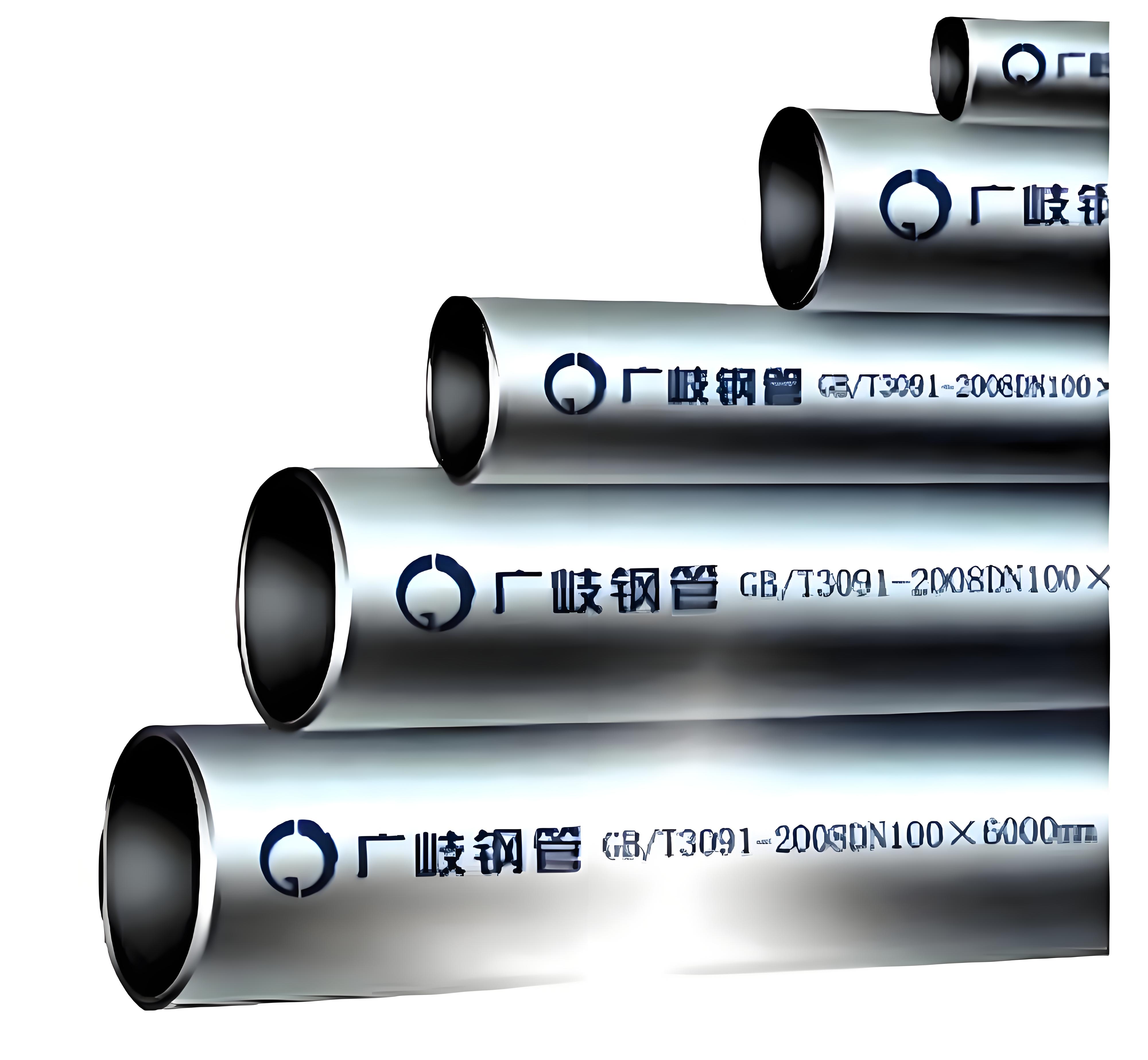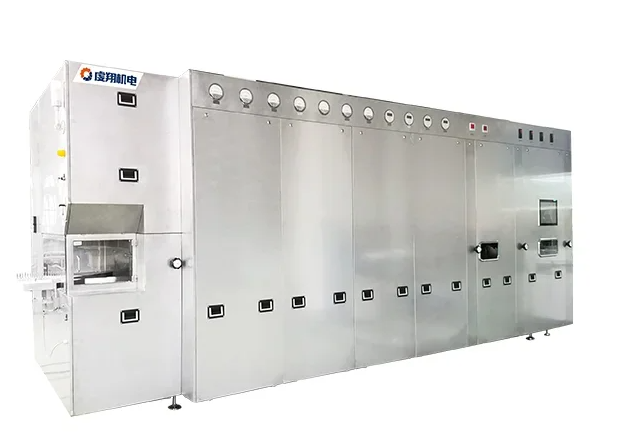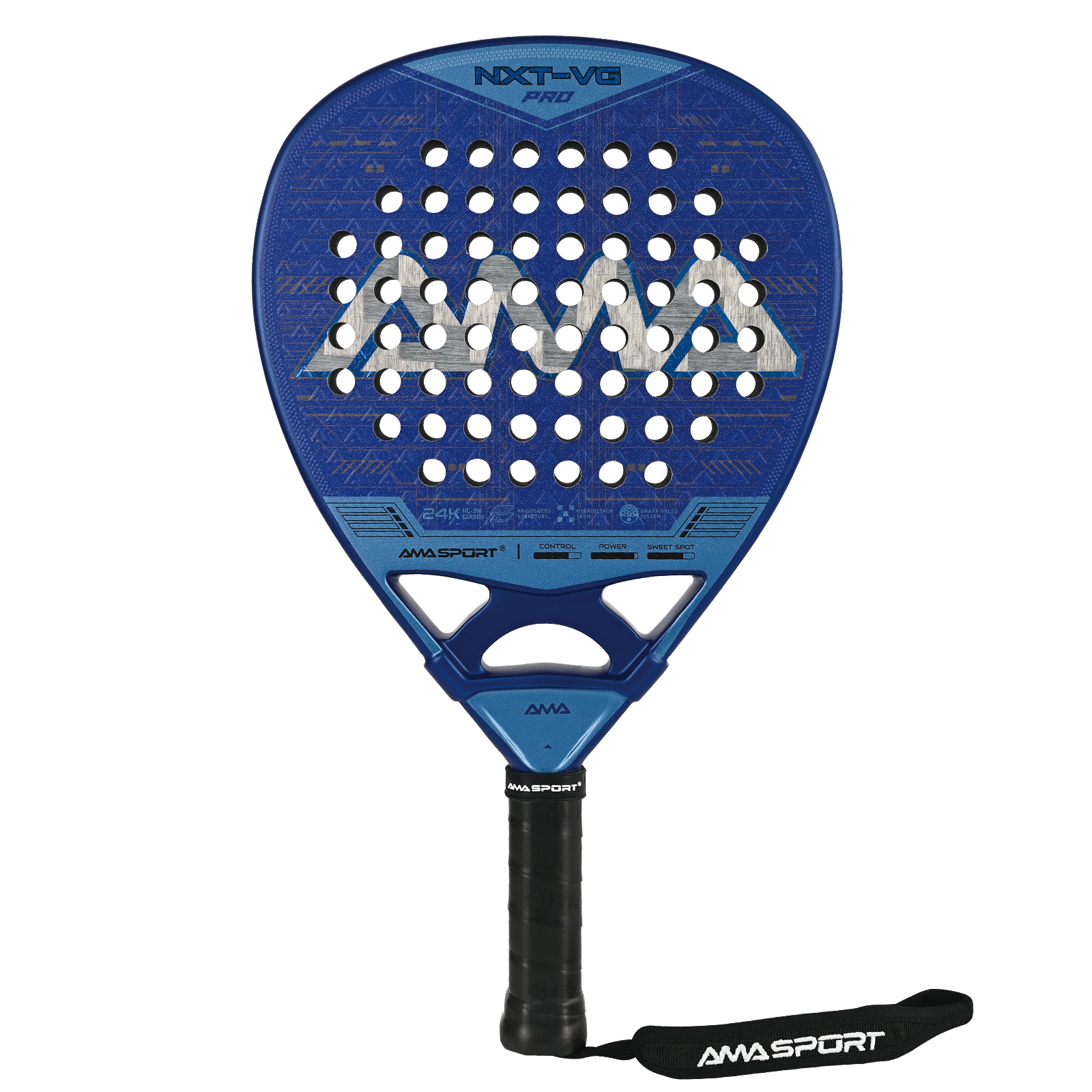The Enduring Foundation: Exploring the Longest Lasting Options for Your Home
When it comes to constructing a house, the foundation is arguably the most critical component. A solid foundation not only supports the structure but also ensures its longevity and stability. Homeowners often ask, What is the longest lasting foundation for a house? This question is essential for anyone looking to invest in a property that will stand the test of time. In this article, we will delve into the various types of foundations, their longevity, and the factors that contribute to their durability.
Understanding Foundation Types
Before we explore the longevity of different foundation types, it’s important to understand the primary categories of foundations used in residential construction:
- Basement Foundations: These are excavated below ground level and provide additional living space. They are typically made of poured concrete or concrete blocks.
- Crawl Space Foundations: Elevated above the ground, crawl spaces allow for ventilation and access to plumbing. They are usually constructed with concrete piers or blocks.
- Slab Foundations: A slab foundation consists of a single layer of concrete poured directly on the ground. This type is common in warmer climates where frost heave is not a concern.
- Pier and Beam Foundations: This type uses concrete piers to elevate the structure above the ground, allowing for airflow and reducing moisture issues.
Longevity of Foundation Types
- Basement Foundations
Basement foundations are known for their durability, often lasting over 100 years when properly constructed and maintained. The use of reinforced concrete and waterproofing techniques can significantly enhance their lifespan. However, they are susceptible to water intrusion, which can lead to mold and structural damage if not addressed.
- Crawl Space Foundations
Crawl space foundations can last between 50 to 100 years, depending on the materials used and the local climate. Proper ventilation and moisture control are crucial for preventing rot and pest infestations. Regular inspections and maintenance can extend the life of a crawl space foundation significantly.
- Slab Foundations
Slab foundations are generally durable, with a lifespan of 50 to 80 years. However, they can be prone to cracking due to soil movement, moisture changes, and temperature fluctuations. To enhance the longevity of slab foundations, it is essential to ensure proper drainage and soil preparation before pouring the concrete.
- Pier and Beam Foundations
Pier and beam foundations can last anywhere from 50 to 100 years, depending on the quality of materials and construction. They are less susceptible to moisture issues compared to crawl spaces, but regular inspections are necessary to ensure that the piers remain stable and free from rot.
Factors Influencing Foundation Longevity
Several factors can influence the longevity of a foundation, including:
- Soil Type: The type of soil on which a foundation is built plays a crucial role in its durability. Clay soils, for example, can expand and contract with moisture changes, leading to foundation movement and cracking.
- Climate: Regions with extreme weather conditions, such as heavy rainfall or freezing temperatures, can impact the longevity of a foundation. Proper drainage systems and insulation can mitigate these effects.
- Construction Quality: The quality of materials and workmanship during the construction process is paramount. Using high-quality concrete, proper reinforcement, and adhering to building codes can significantly enhance a foundation's lifespan.
- Maintenance: Regular maintenance, including inspections for cracks, moisture issues, and pest infestations, is essential for prolonging the life of any foundation type.
Conclusion
When considering the question, What is the longest lasting foundation for a house? it is clear that no single answer fits all scenarios. Each foundation type has its strengths and weaknesses, and their longevity is influenced by various factors, including soil conditions, climate, construction quality, and maintenance practices.






